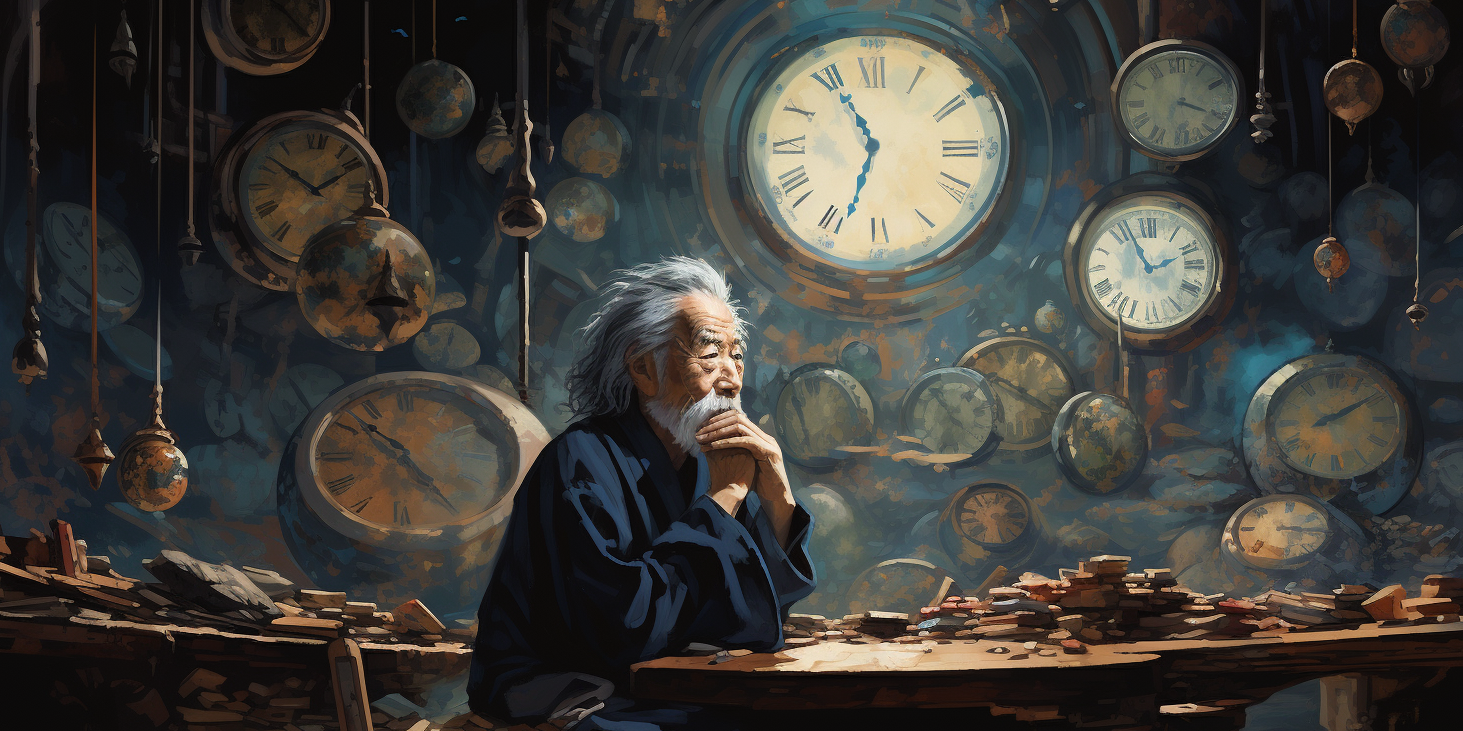Chinese historical record is vast tapestry that weaves together threads of philosophy, innovation, and dynastic changes that span more than five thousand years. Its chronology is filled with pivotal events that have not changed the face of China but have also left an imprint on the world’s history. From the earliest dynasties that set the stage for the development of tradition to the emergence of the philosophies that influenced generations of people, knowing Chinese history is vital to anyone who is interested in the past. This book offers a peek into the times that been the foundation of a civilization, and encourages readers to consider the rich cultural heritage that is treasured by billions of people.
A Journey Through Time
The history of China is more than the history of a country and its people, but it is also the tale that tells the story of one oldest continuous civilizations. The timeline of the Chinese goes from mythical origins to goes through a succession of Dynastic eras, which have witnessed the fall and rise of empires, the emergence of revolutionary theories, and important cultural exchanges. This blog post is intended to provide a platform to history enthusiasts, students and other cultural fans to discover the intriguing events in Chinese history.
At the end of this study you will gain an knowledge of China’s vast and complex historical landscape, from its mythical beginnings to its current position as a global powerhouse. Begin this journey with us as we explore the various chapters of Chinese history that helped to create an enduring and vibrant society.
Early Dynasties and Philosophies
The history of Chinese civilization began with the earliest known dynasties, namely Xia, Shang, and Zhou. Zhou was the Xia Dynasty, shrouded in legend and believed by a few as mythological was the first to lay the foundations for the ruling clans that followed. The archaeological evidence confirms evidence of Shang Dynasty, which introduced advances in bronze metallurgy as well as organized statecraft. The time also witnessed the creation of oracle bones which was an early version in Chinese script.
After the Shang dynasty, following the Shang period, Zhou Dynasty emerged, ushering into a golden age of intellectual and cultural growth. This was the period that the most influential philosophies of Chinese history were enshrined. Confucianism was a philosophy developed by Confucius is a belief in moral piety, filial purity and harmonious social relations. In contrast, Daoism, which is which is believed to be the work of Laozi was a proponent of the search for harmony and balance with nature.
These early dynasties, philosophies and dynasties were the foundation for Chinese society, guiding behaviour government, thought, and behavior for generations to follow. The influence of their ideas is still evident and are deeply rooted in the social and moral structure of China.
The Imperial Era
The transition into the imperial period marked the turning point of Chinese history. In the Qin Dynasty, though short-lived left a lasting legacy through the unification of states that were fighting and creating the first central imperial government. Under the guidance of Qin Shi Huang, the first Emperor of China huge infrastructure projects were commenced such as the construction of both the Great Wall and the Terracotta Army.
The Han Dynasty succeeded the Qin and is generally thought of as the most prosperous times in China. It was at this time in which it was during this time that the Silk Road was established, aiding exchange of culture and trade between China and the distant lands. It was the Silk Road not only brought commodities such as spices, silk and precious metals to China but also brought new concepts, religions, and technology.
The imperial period saw China increase its reach and influence which consolidated its position as a powerful civilization. The union of China and the expansion of the Silk Road laid the groundwork for future dynasties to prosper and prosper.
Medieval China
The middle ages of Chinese history, specifically between the Tang and Song dynasties, has been described as”the Golden Age of China. In the Tang Dynasty, known for its international cultural and artistic achievements saw an unprecedented increase in urbanization and trade. The time was characterized by the growth of poetry, literature, and the arts, as well-known poets like Li Bai and Du Fu making their impressions upon Chinese literature.
The Song Dynasty furthered technological advancements and economic prosperity. Innovative technologies like movable-type printing, gunpowder, as well as the magnetic compass were introduced in the period of time, transforming many aspects of society. The Song also was a leader in trade in the maritime sector, boosting China’s influence over the oceans.
The Medieval period in China was a time that was awe-inspiring in terms of technology and culture accomplishments that helped to contribute to the advancement of the world. The legacy of this time continues to inspire and fascinate people around the world.
The Ming and Qing Dynasties
The Ming Dynasty marked the return of Han Chinese rule after the decline of the Yuan Dynasty, led by the Mongols. Famous for its exploration of the sea as well as its cultural achievements and achievements, it was the Ming Dynasty oversaw the construction of the Forbidden City as well as the perfecting of white and blue porcelain. Admiral Zheng’s naval expeditions demonstrated China’s naval prowess and extended as far as Africa.
The Qing Dynasty, established by the Manchus was the final imperial dynasty in China. It was a time that saw both expansion and difficulties. Although it was true that the Qing Dynasty experienced territorial growth and the assimilation of culture however, it also experienced internal conflict as well as external threats. In the Opium Wars with Western powers caused significant concessions to territorial and economic rights and marked the beginning of a turbulent time for China.
The Ming and Qing dynasties have left a significant impression upon Chinese society and their culture. Their accomplishments as well as struggles influence the perception of China’s imperial historical.
The Modern Era
The beginning of the modern age in Chinese time was marked by demise of the Qing Dynasty and the end of the dynastic era. The creation of the Republic of China in 1912 was the start of a new chapter that was marked by social turmoil and political instability. The fight for power among various factions ultimately resulted in the Chinese Civil War, culminating in the formation of the People’s Republic of China in 1949 under the direction by the Communist Party.
The modern history of China has been marked with rapid growth in industrialization and social change and the global impact. The economic reforms that the country underwent which were implemented in the last decade of the 20th century, accelerated China to become a key actor on the international stage. China’s rise to become a global economic powerhouse has presented potential and challenges defining its position in international affairs.
Understanding the modern history of China is essential to understand its current geopolitical as well as economic developments. The influence of historical events continues to affect China’s policies at home and in international relations.
Chinese History Today
In the modern world of connectivity studying Chinese history can provide valuable insights into the complex nature of a country that has experienced profound changes. The protection of the cultural heritage, historical landmarks, and traditional values is an important concern for China making sure that the country’s rich history doesn’t get lost to the passage of time.
Chinese history is more than an evocation of the past, it is a live story that continues to shape and influence our current society. The lessons from the past influence China’s policy of diplomatic and governance as well as the preservation of culture.
For those who are interested in culture and history enthusiasts, a look at Chinese history can provide a deeper understanding of China’s lasting legacy. The tales of dynasties, philosophical theories, and breakthroughs offer an insight into a culture which has stood up to the tests of time.
Delve Deeper Into China’s Rich History
Chinese history is an enthralling tapestry that weaves stories of victory, innovation and the ability to endure. From the first dynasties, and the philosophies that set an underlying foundation for Chinese culture, to the great achievements of the imperial era and challenges, every chapter has been a part of the evolution of the civilization that continues flourish even today.
The new period has brought with it major changes, bringing an period of economic growth as well as global power. Knowing the context behind China’s rise is crucial to understanding its current position in the global arena.
We urge readers to continue to investigate the deepest parts of Chinese culture, and discover the layers of complexity that have formed a nation and a culture. If you do this you’ll get a better understanding of the long-lasting heritage of one the most ancient and most powerful civilizations.




